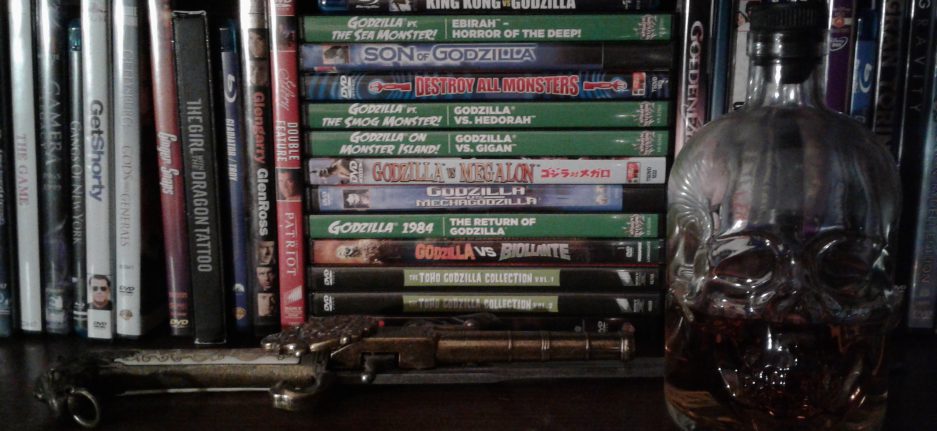And just like that, we’re off traveling again, this time to the familiar shores of Japan. I’m afraid we’re not tackling another kaiju flick today, kids, though more of those are on their way; rather, we’re looking at the period drama/semi-horror film from 1964, Onibaba.

Set in the Nanboku-chō period of the fourteenth century, a long period of civil strife, the story centers on a pair of woman, one middle-aged and the other younger, who are struggling to get by in the war-torn countryside. To make ends meet, they scavenge the bodies of fallen soldiers – occasionally going so far as to finish them off, if need be – for armor and weapons and whatnot, dump the bodies into a deep pit, and sell them to a nearby merchant for food. One day, a neighbor, impressed into service along with the younger woman’s husband – who also happens to be the older woman’s son – returns from the war, bringing with him the news that the husband/son had died whilst the pair was stealing food. This man joins the women in their bloody survival techniques and manages to seduce the younger woman, much to the elder’s chagrin. Intent on keeping them apart – she blames the man for the death of her son, y’see – she utilizes a demon mask she took from a fallen soldier to scare the younger woman into compliance. But the mask isn’t so easily removed.
The most striking aspect of the film is Kuroda Kiyomi’s stark monochromatic cinematography, which beautifully captures the enigmatic and hypnotic swaying of the surrounding susuki grass and accentuates the stark brutality of the ladies’ situation. There is no airbrushing things here, everything is shown as harshly and honestly as possible, from the meager subsistence to the forbidden sexuality to the shedding of blood. Indeed, director Shindo Kaneto seems almost too insistent on graphic depiction, often spending a more-than-necessary amount of time lingering on certain shots and scenes. Still, the pacing is surprisingly tight, the time just scooting by as you watch.
Aside from the story’s foundations in Shin Buddhist writings (according to the greatness of Wikipedia, there is a parable about a mother using “a mask to scare her daughter from going to the temple”, only to have the mask hold fast to her face, taking some skin along with it as she’s finally able to remove it), Shindo intended the mask, with its tendency to disfigure the person donning it, to symbolize the effects of bomb-borne radiation. The spectre of the atomic attacks of 1945 still hung over Japan even two decades out, and the physical and emotional scarring were still effective motifs in film (even if the seriousness of the original Godzilla had by this point begun to devolve into out-and-out camp).
Whether or not you consider Onibaba a true horror film, you can’t deny its emotional and psychological impact upon watching. I’d recommend it for those looking for a stark historical thriller that happens to carry something of a supernatural background radiation, even if the latter is never made fully manifest.
